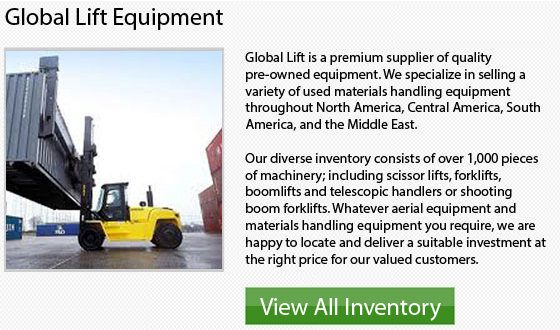
Hydraulic truck cranes are a specific kind of mobile crane. These cranes use hydraulics and can lift thousands of pounds. Hydraulics makes use of forces being transmitted through oil pushing in opposite directions on the pistons of the boom so as to lift thousands of pounds. Hydraulic truck cranes are vital in constructing major projects such as airports, bridges, buildings and streets. A crane could complete in minutes jobs which would normally take hundreds of men and a lot of hours to complete.
These remarkable equipments have played a very important part in constructing houses, cities, entire nations and individual buildings throughout the ages. Even the Great Pyramids within Egypt were likely built with the help of basic cranes to enable the heaviest supplies in one of the most remarkable construction projects of all time.
The very first cranes were established during 3000 B.C. Egypt during King Ramses' reign. This lifting device was first used to collect water. The first official "cranes" appeared during Ancient Greece. These devices were used to create a whole country during the 5th century B.C.
These cranes were originally made out of wood. The designs of cranes started to change when dockyards began to require stronger and bigger machinery. Hick & Rothwell developed the very first cast iron cranes during 1834, within Bolton, England. This machine can lift as much as 2 tons. That same year, wire ropes were added to the crane by Herr Albert Sr. who was an Official of the German Superior Board. The wire rope made the crane more durable and stronger. This addition allowed cranes to have a bigger capacity to lift heavy weights.
The wire ropes were weaved together forming a more powerful rope with even more strength. The newly formed wire also added more flexibility. 4 years later, Germany started to build cast iron cranes. The first cast iron crane made by Germany was built in Neuburg.